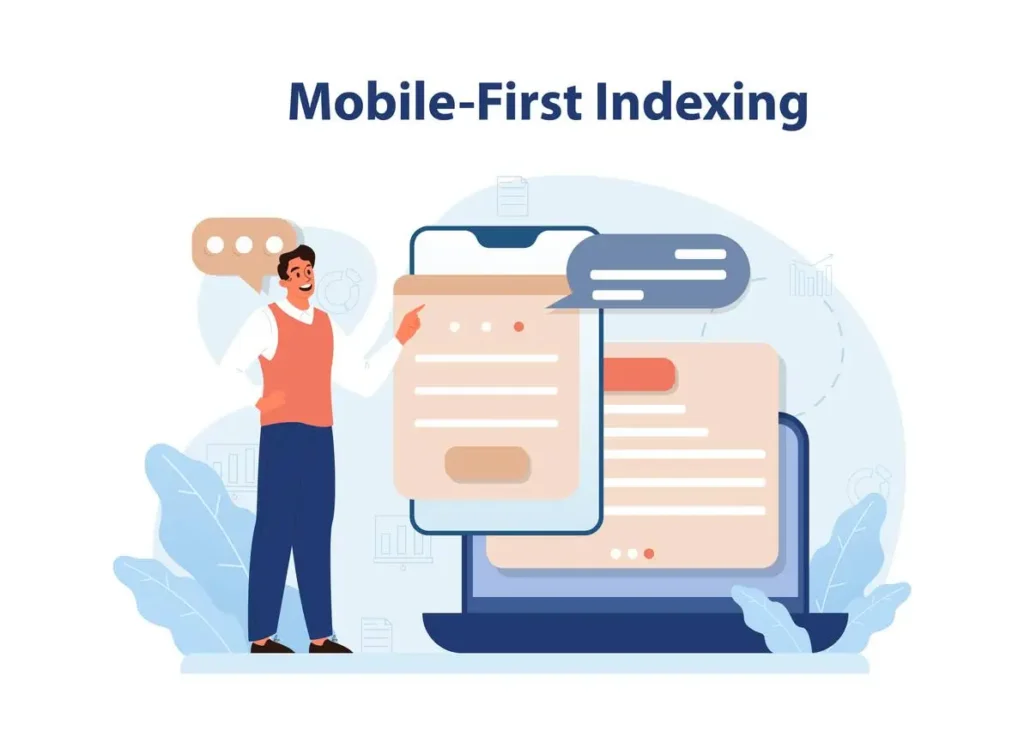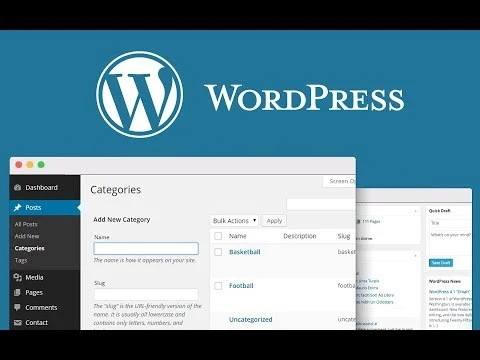What Are the Ways to Increase SEO Ranking?
Achieving a high search engine ranking requires a strategic approach that balances content quality, technical optimization, and user engagement. Google’s ranking algorithms analyze multiple factors, including content relevance, site performance, backlinks, and user behavior metrics. With search engines processing over 8.5 billion searches daily, businesses must adopt data-driven SEO strategies to improve visibility, attract organic traffic, and maintain long-term authority.

How to Optimize Website Content for Better SEO
High-quality content serves as the cornerstone of SEO success, influencing rankings, engagement, and overall search visibility. Google prioritizes content that is informative, well-researched, and aligned with user intent, rewarding websites that offer depth and clarity. Studies reveal that 91% of online content gets no traffic from Google, largely due to poor optimization and lack of authority. By focusing on structured, data-driven insights, websites can establish credibility and improve ranking potential.
Long-form content has been proven to generate higher engagement, more backlinks, and better dwell time compared to shorter pieces. Research by HubSpot shows that articles ranging from 2,100 to 2,400 words perform best on search engines. Additionally, webpages that include data, case studies, and expert opinions tend to earn 34% more organic traffic. This reinforces the need for comprehensive, well-crafted content that not only satisfies user queries but also builds trust and authority in the niche.
Use Long-Tail Keywords and Semantic Optimization
Keyword optimization is essential, but modern SEO goes beyond exact match keywords. Google’s RankBrain and Natural Language Processing (NLP) technology assesses context, search intent, and semantic relevance when ranking pages. Research shows that 70% of search queries consist of long-tail keywords, making them a key strategy for attracting highly targeted traffic with lower competition.
Create Authoritative, Engaging Content
Search engines reward E-E-A-T (Experience, Expertise, Authoritativeness, and Trustworthiness) in content. Well-researched articles, expert contributions, and fact-based insights increase credibility. Case studies indicate that articles with data-backed insights are 32% more likely to rank on the first page. Using statistics, expert quotes, and original research enhances content value and encourages backlinks.
How to Improve Technical SEO for Higher Rankings
Technical SEO ensures that a website is crawlable, indexable, and optimized for search engine algorithms. Even high-quality content will struggle to rank without proper technical foundations. Studies show that site speed, mobile usability, and Core Web Vitals directly impact rankings.
Google’s research states that 53% of mobile users abandon a site if it takes longer than three seconds to load. Faster-loading websites not only improve user experience but also rank higher. Techniques such as image compression, caching, and code minification can improve page speed significantly.
Optimize for Mobile-First Indexing
With over 60% of global searches conducted on mobile devices, Google prioritizes mobile-friendly websites. Sites that fail to optimize for smaller screens experience lower rankings and higher bounce rates. Implementing responsive design, clear typography, and touch-friendly steering improves both usability and search visibility.

How to Strengthen Off-Page SEO for Better Authority
Off-page SEO signals, primarily backlinks and brand mentions, help establish a site’s trust and credibility. A study by Ahrefs found that 91% of all web pages receive zero organic traffic due to a lack of backlinks. Search engines interpret high-quality backlinks as endorsements of content value and authority. Here is how to enhance the site’s efficiency:
Earn High-Quality Backlinks Through Strategic Outreach
Not all backlinks carry equal weight. Google prioritizes links from authoritative, relevant websites over spammy or low-quality sources. Effective backlink-building strategies include guest posting, digital PR, and creating link-worthy resources like original research or infographics. Research indicates that websites with strong backlink profiles rank 3.8 times higher than those without.
Leverage Social Media and Brand Mentions
Although social media signals are not direct ranking factors, they influence search visibility by driving engagement, shares, and referral traffic. A Hootsuite experiment found that content with high social engagement saw a 22% increase in organic rankings. Establishing a strong brand presence across platforms improves search demand and backlink opportunities.
How to Improve User Experience for Higher Rankings
User experience (UX) plays a vital role in SEO, influencing metrics such as bounce rate, dwell time, and session duration. Websites that are fast-loading, easy to use, and deliver value are prioritized by Google’s algorithms. This is how you can improve your user experience:
Enhance Website Structure
A clear, logical site structure helps both users and search engines find relevant content efficiently. Well-organized internal linking can increase page views by 40%, keeping visitors engaged longer. Improving site architecture ensures that important pages are easily accessible and indexed correctly.
Focus on Core Web Vitals and Engagement Metrics
Core Web Vitals measure page load speed, interactivity, and visual stability, key ranking factors in Google’s algorithm. Sites that meet Core Web Vitals thresholds are 24% less likely to lose rankings during algorithm updates. Improving time-to-interactive, reducing layout shifts, and enhancing responsiveness can significantly impact search rankings.
Final Thoughts
SEO success comes from high-quality content, technical precision, and strategic backlinks. As search engines evolve, staying ahead means adapting to trends, optimizing for user experience, and maintaining authority. Websites that deliver value, load fast, and earn credibility will dominate rankings, drive organic traffic, and secure long-term visibility.






